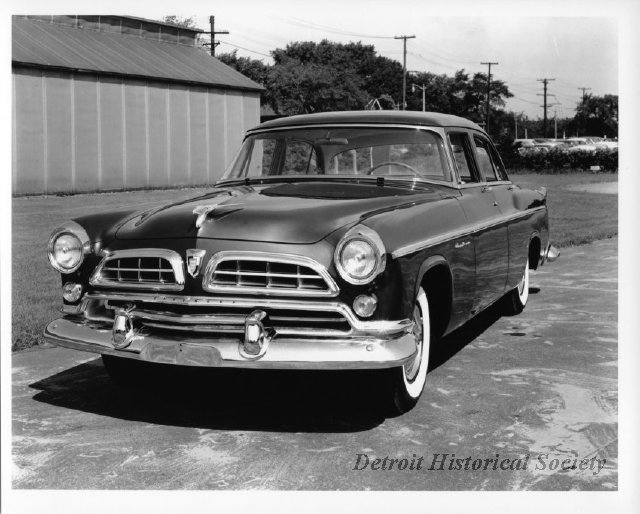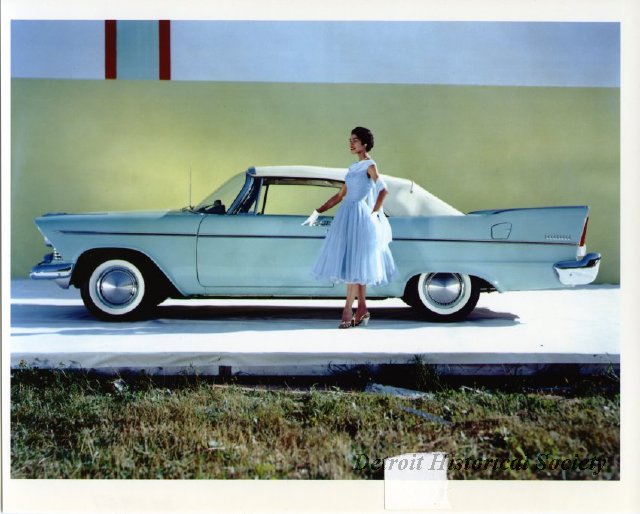Born on September 24, 1909, in Ann Arbor, Michigan, Exner was Chrysler Corporation’s first Vice President of Styling. He is credited with the unique design of the 1947 Studebaker Starlite. Exner received his art training at Notre Dame University in Indiana. He took a job as a helper at Advertising Artists, an art studio specializing in advertising, where he met his future wife, Mildred Marie Eshleman. By 1933, Exner had been promoted to drawing advertisements for Studebaker trucks.
Exner’s first work in automotive design was for General Motors, where he was hired by GM styling leader Harley Earl. By the time he was 30, Exner was Chief Designer for Pontiac Studios. In 1938, Exner was hired by Raymond Loewy’s industrial design firm. Here Exner worked on World War II military vehicles and cars, notably Studebaker’s 1939-40 models, and advance plans for their revolutionary post-war car, the Starlight coupe.
In 1944, Exner was fired by Loewy, but was hired directly by Studebaker in South Bend, Indiana where he was involved in the design of the first cars to be produced after World War II. With rivalry between Loewy and Exner, Exner had to leave Studebaker but was hired by the Chrysler Corporation in 1949. Exner headed the Advanced Design Studio where he successfully advocated for designers, not engineers, to create the car designs.
Exner’s first production cars for Chrysler, the 1955 "Forward Look" line, were the Imperial and the first Chrysler 300. The lower roofline and dramatic tail fins were carried through to the 1957 models and their wedge like design earned Exner and his associates the Gold Medal Award from the Industrial Designers’ Institute.
In the 1960s Exner was let go by Chrysler after a design dispute with Chrysler president Tex Colbert. He was kept on as a consultant but in 1961 formed his own company, Virgil Exner, Inc. with his son, Virgil, Jr. Some of their designs included revivals of classic cars, like the 1966 Duesenberg, and designs for pleasure boats. He died on December 22, 1973 of heart failure. His papers reside at the Benson Ford Research Center of The Henry Ford museum complex.

